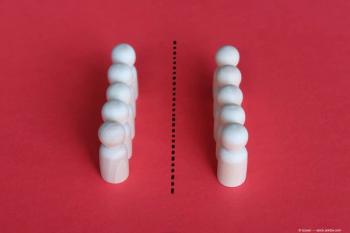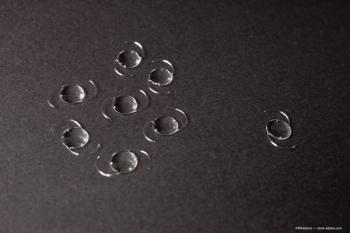
Patient Case #1: 36-Year-Old Male With Myopia and Astigmatism
Blake K Williamson MD, MPH, MS, presents a case of a 36-year-old male patient with low myopia and astigmatism seeking surgical refractive correction.
Blake K. Williamson, MD, MPH, MS: Hello, I’m Dr Blake Williamson, a cataract and refractive surgeon, and the managing partner at Williamson Eye Center in Baton Rouge, Louisiana. I’m excited to share 2 myopia and astigmatism cases we discussed at a recent Ophthalmology Times® roundtable. Now we’re going to go to case description 1.
The first case was a 36-year-old male who comes in for an initial refractive surgery evaluation of the right eye [OD] and left eye [OS]. The patient is having blurry vision and wants some spectacle independence. Regarding the vision, the patient feels that the vision is bad in both eyes equally and is only using artificial tears in terms of daily ophthalmic medication. This patient has been requiring full-time glasses. His glasses are about a year or so old. He comes in and the spectacle distance corrected vision is 20/30 in the right eye and 20/25+ in the left eye. Uncorrected vision is about 21/50 and 22/50, OD and OS. Manifest refraction was performed, and this patient was -3, +2 at 23 for 20/16 -2 best-corrected distance acuity. In the left eye, the refraction manifest was-4.75, +1.25 at 151 with a distance corrected acuity of 20/16.
The patient had a relatively normal-looking topography in terms of astigmatism, but it was noted that the patient had quite thin corneal pachymetry. The thinnest pachymetry was about 413 μm in the right eye with no posterior elevation on the Belin/Ambrosio display. In the left eye, again, a relatively normal astigmatic profile, but corneal thickness was quite thin; 4O9 μm was the thinnest corneal thickness on the left eye, but again, no elevation otherwise. The patient had a normal retinal exam, macular scans, and the widefield imaging was largely normal.
Transcript edited for clarity
Newsletter
Don’t miss out—get Ophthalmology Times updates on the latest clinical advancements and expert interviews, straight to your inbox.




















































.png)


